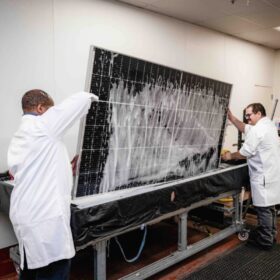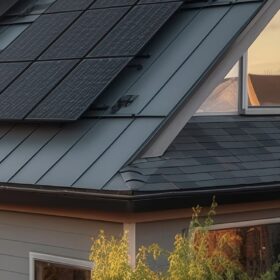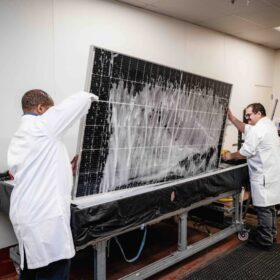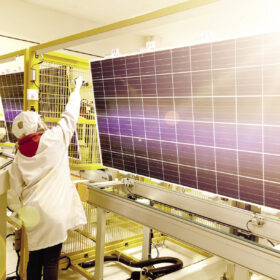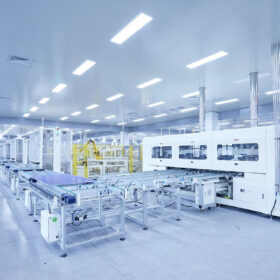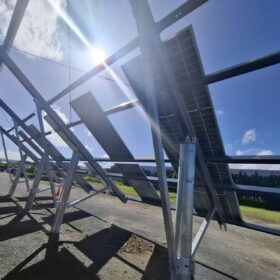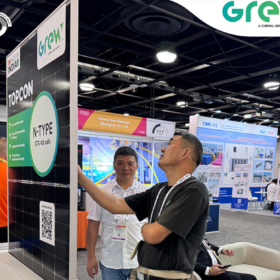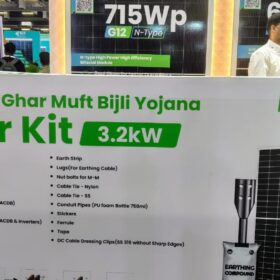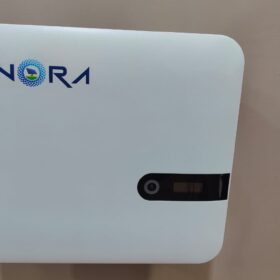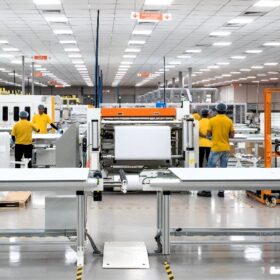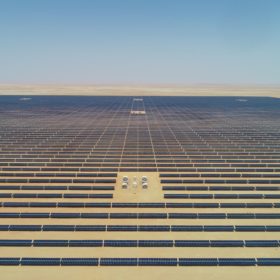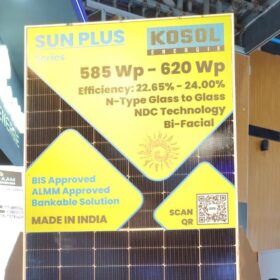Premier Energies to enter aluminium frame manufacturing
Premier Energies, a solar cell and module manufacturer in India, will set up an aluminium frame manufacturing facility with a capacity of 36,000 metric ton per annum for captive consumption.
PVEL scorecard shows ‘relevant risks’ for TOPCon technology
The results of this year’s Kiwa PVEL scorecard have shown that TOPCon technology is more vulnerable than PERC, and the failure rate at bill of materials has increased to 41%, the highest in history, according to the testing lab.
JinkoSolar announces new TOPCon solar modules with efficiency of 24.8%
The Chinese manufacturer said the new Tiger Neo 3.0 modules are available in two versions with outputs of 495 W and 670 W.
‘TOPCon technology comes with three or four relevant risks that should be known’
The results of this year’s Kiwa PVEL scorecard have shown that TOPCon technology is more vulnerable than PERC, and the failure rate at BOM level has increased to 41%, the highest in history, according to the testing lab.
Trina Solar sues Canadian Solar for alleged TOPCon patent infringement
Trina Solar has filed a lawsuit against Canadian Solar in a US court, claiming patent infringement on an unspecified tunnel oxide passivated contact (TOPCon) solar cell technology.
Solving the UV problem of n-type solar
Laboratory testing has revealed that some negatively-doped, “n-type” tunnel oxide passivated contact (TOPCon) and heterojunction (HJT) solar modules are susceptible to ultraviolet (UV) light-related damage and degradation. That could mean trouble down the line, if modules in the field begin to show UV-related performance loss. Manufacturers are implementing solutions at cell and module level.
JinkoSolar, Trina say TOPCon modules outperform p-type back-contact panels
JinkoSolar and Trina Solar have separately reported that on-field testing shows tunnel oxide passivated contact (TOPCon) solar modules outperform p-type back-contact PV modules in monthly power generation.
Japan’s Toyo plans 2 GW solar cell factory in Ethiopia
Tokyo-based Toyo Co. says it will invest $60 million in a new 2 GW solar cell factory in Ethiopia, to mostly serve the US market.
Key takeaways from Renewable Energy India Expo 2024
Solar module manufacturers are quickly ramping up to multi gigawatt-scale capacity to tap the domestic demand. At technology level, TOPCon modules based on 210 rectangular silicon wafer (G12R) cell are taking center stage.
Rayzon Solar ramping up module manufacturing capacity to 12 GW by September next year
Rayzon Solar, which currently has 4 GW PV panel manufacturing capacity, will add 3 GW by December and a further 5 GW by September next year to reach a cumulative module capacity of 12 GW per year. The company will also build a 1.2 GW cell line by the end of 2025.

